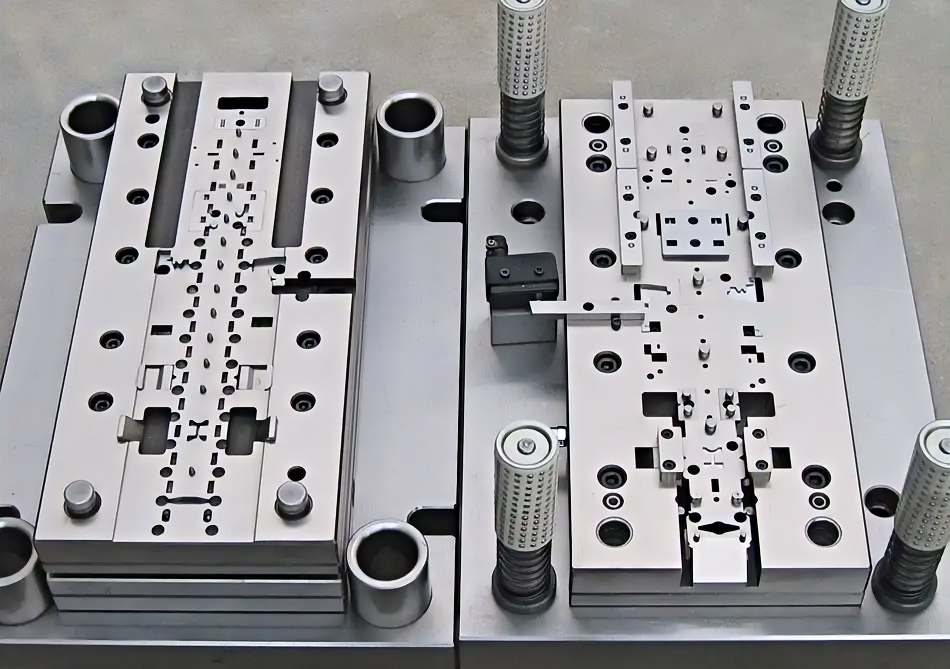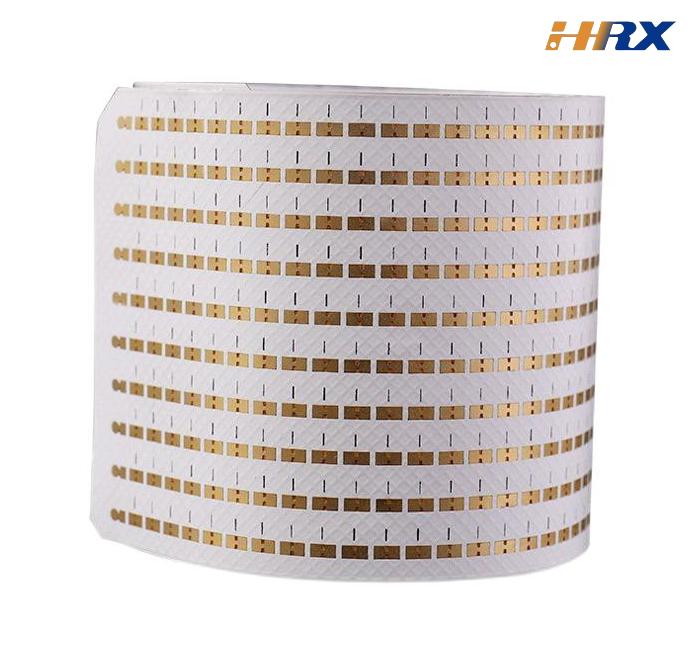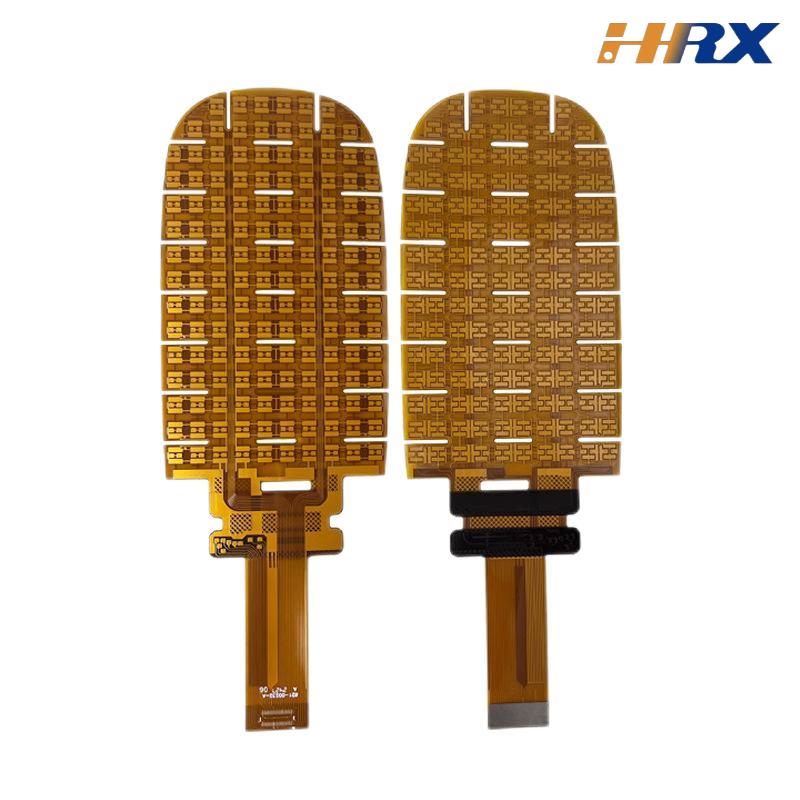Search
Decoding the Complexities of FPC Molds: Unveiling Their Types and Functions
- Jan 06,2025
-
Share
In the highly specialized and technologically advanced arena of Flexible Printed Circuit (FPC) manufacturing, molds emerge as the cornerstone elements, playing a pivotal and often underestimated role. They are the master craftsmen behind the scenes, meticulously fashioning the fundamental building blocks that empower a vast and diverse range of state-of-the-art electronic devices. Let's embark on an in-depth exploration to demystify the multifaceted universe of FPC molds and dissect their highly specialized functions.

1. Precision Punching Molds: Engineering Microscopic Perforations
Punching molds represent the vanguard in FPC fabrication workflows. Their principal and indispensable task is to execute exquisitely precise perforations and cutouts on the FPC substrate. These seemingly minute openings are, in fact, of paramount importance, serving as the anchoring nexus for a plethora of critical components. Consider, for instance, the intricate assembly of a next-generation XR head-mounted display (HMD). Here, micro-vias punched with micron-level accuracy by these molds are essential for seamlessly mounting ultra-fine pitch connectors, minuscule surface mount devices (SMDs) with sub-millimeter dimensions, and highly sensitive microelectromechanical systems (MEMS) sensors.
The punching operation demands an unwavering commitment to precision, ensuring that each hole is not only of the exact specified diameter but also positioned with pinpoint accuracy. Even the slightest misalignment – a deviation measurable in micrometers – can precipitate a cascade of catastrophic consequences, ranging from intermittent electrical connections to irreparable damage to the delicate components during subsequent assembly phases.
In the high-octane environment of modern manufacturing, cutting-edge punching molds, fortified with servo-driven actuators and computer numerical control (CNC) systems calibrated to the highest standards, are capable of performing rapid-fire punching operations. These molds can perforate dozens of holes on a single FPC within fractions of a second, thereby dramatically augmenting production throughput and efficiency.
Etching molds are the virtuosos that orchestrate the creation of the staggeringly intricate circuitry patterns etched onto the FPC. They engage in a delicate pas de deux with chemical etching processes, which together transform a blank canvas into a functional electronic marvel. Acting as an exquisitely detailed stencil, the etching mold shields specific regions of the copper-clad laminate, safeguarding them from the corrosive touch of the etchant, while simultaneously permitting the selective dissolution of superfluous copper in other areas.
This intricate choreography of chemistry and engineering culminates in the formation of ultra-fine conductive traces – the veritable lifeblood that enables electrical signals to zip through the FPC at lightning-fast speeds. Etching molds must adhere to the most exacting standards of precision, as the line widths and spacings of contemporary FPC circuits can dwindle to a mere few micrometers. The slightest deviation in the mold's design – a variance imperceptible to the naked eye – can unleash a Pandora's box of technical nightmares, including short circuits that disrupt signal flow, impedance mismatches that degrade performance, and signal attenuation that weakens data transmission.
To satiate the voracious appetite of next-generation electronics such as high-definition XR HMDs, 5G-enabled smartphones with their insatiable data demands, and high-frequency Internet of Things (IoT) sensors, etching molds are in a perpetual state of evolution. Manufacturers are investing heavily in pioneering technologies like electron beam lithography, which offers nanometer-scale resolution, and deep ultraviolet (DUV) lithography, to achieve and maintain sub-micron accuracy. These technological leaps ensure that FPCs can keep pace with the ever-accelerating demands of the digital age.
True to their appellation, bending molds are the artisans responsible for endowing the FPC with its signature pliability. They are meticulously engineered to sculpt the desired curvatures and folds into the circuit board, metamorphosing it into a flexible entity capable of conforming to the most demanding spatial constraints. In the burgeoning and highly competitive domain of wearable electronics, where every millimeter of space is a precious commodity, such as in sleek smartwatches or discreet fitness trackers, FPCs must contort and adapt to fit snugly within the confined chassis.
Bending molds ensure that the FPC can withstand countless cycles of bending, twisting, and folding without succumbing to cracking, delamination, or compromising its electrical conductivity. These molds are calibrated with mathematical precision to apply the optimal amount of force and pressure at strategic points, adhering to meticulously pre-programmed bending profiles. This empowers the FPC to embrace the complex geometries of end products, facilitating seamless integration and flawless functionality. Whether it's wrapping around a wristband or conforming to the contours of a headset hinge, bending molds make it possible for FPCs to function optimally in the most challenging and space-limited applications.
Lamination molds are the unsung heroes responsible for assembling the multi-layered powerhouses that are modern FPCs. These molds serve as the crucibles where different layers of substrates, each with its own unique properties, conductive foils that ferry electrical currents, and insulating materials that prevent signal crosstalk, coalesce into a unified whole.
The lamination process, conducted under tightly controlled heat and pressure regimes, is a delicate symphony of materials science and engineering. Lamination molds ensure uniform adhesion between each layer, staving off the dreaded specter of delamination that can precipitate signal leakage, crosstalk, and outright mechanical failure.
In high-power electronics applications, such as automotive engine control units (ECUs) that govern the performance of vehicles, or industrial power inverters that convert electricity for heavy machinery, where multiple layers are requisitioned to handle complex circuitry and surging current densities, proper lamination using these molds is non-negotiable. They fortify the overall reliability and longevity of the FPC, rendering it battle-ready for the most demanding operational environments. Without the precision and reliability of lamination molds, the complex and high-performance FPCs required by these industries would simply not be possible.
Testing molds might not partake directly in the physical transformation of the FPC, yet their significance in the manufacturing ecosystem is second to none. These molds are custom-designed to cradle the FPC during a comprehensive battery of quality control assays. For electrical testing extravaganzas, they furnish the requisite connections and interfaces to gauge parameters like insulation resistance, conductance, and signal propagation velocity with laboratory-grade accuracy.
In the realm of mechanical testing, be it grueling bend endurance tests that simulate years of real-world use or vibration resilience tests that mimic the harshest operating conditions, testing molds secure the FPC, mimicking real-world usage scenarios with uncanny fidelity. By leveraging these molds, manufacturers can unearth any latent defects or vulnerabilities in the FPC at the nascent stages of production, slashing the odds of defective products infiltrating the market. In essence, testing molds act as the vigilant sentinels, safeguarding the integrity of the FPC and, by extension, the reputation of the manufacturers and the reliability of the end-user devices.
In conclusion, each distinct genre of FPC mold fulfills a unique and irreplaceable mission within the manufacturing continuum. From the initial salvo of precision punching that lays the foundation, to the delicate artistry of etching circuitry that breathes life into the FPC, the transformative act of bending for flexibility that enables seamless integration, the cohesive process of laminating multiple layers that builds strength and complexity, and finally, the vigilant scrutiny of quality testing that ensures only the fittest FPCs survive, these molds operate in unison to birth high-caliber FPCs.
As technology hurtles forward at breakneck speed, we can anticipate further revolutionary strides in FPC mold design and manufacturing, spurred by the insatiable demands of the electronics juggernaut. Whether it's for the next-gen smartphones that will redefine connectivity, XR headsets that will transport us to alternate realities, or IoT devices that will weave the fabric of a smart world, FPC molds will remain at the vanguard of enabling these technological marvels.

At Shenzhen Huaruixin Electronics Co., Ltd., we stand as a paragon in the professional realm of FPC design, production, and sales. With a wealth of experience amassed over the years, our team of seasoned experts has mastered the nuances of FPC manufacturing. We are dedicated to forging reliable and high-performance FPCs that not only meet but exceed the exacting requirements of the industry. Whether you're a long-standing partner or a new acquaintance in the electronics ecosystem, we wholeheartedly welcome you to engage in fruitful discussions and collaborations. Let's join forces to push the boundaries of what's possible in the FPC domain and continue to drive innovation forward.

Let’s talk! We’ll provide the perfect solution for you!
-
 Huaruixin Electronics mainly produces printed circuit boards as the core business, to provide customers with one-stop solutions for FPC/PCB production, components sourcing and Assembly.
Huaruixin Electronics mainly produces printed circuit boards as the core business, to provide customers with one-stop solutions for FPC/PCB production, components sourcing and Assembly. - WHAT WE DO — PCB Design Solutions — Flex PCB Production — Components Sourcing — FPC&PCB Assembly
- PRODUCTS — Single Sided Flexible Circuits — Double Sided Flexible Circuits — Multilayer Flexible Cirucits — Rigid-Flex Circuits — FPC Assembly — PCB Assembly
- CAPABILITY — FPC Capability — Rigid-Flex Capability — PCB Capability — Assembly Capability
- Copyright © 2024 Shenzhen Huaruixin Electronics Co., Ltd. All Rights Reserved.
- Design By BONTOP


